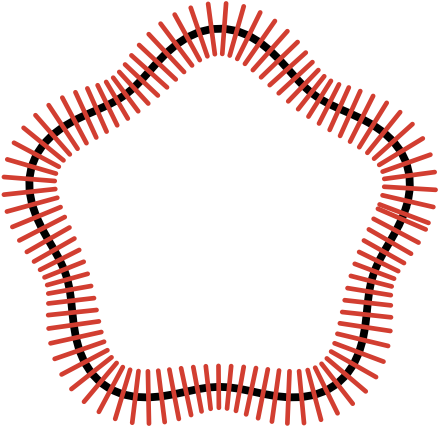The reach $\tau_M$ of a manifold $M$ is the largest number such that any point at distance less than $\tau_M$ from $M$ has a unique nearest point on $M$. This concept seems quite related to the local feature size introduced in computational geometry, but I haven't seen the two compared. Two questions:
Q1. Is the reach identical (under appropriate assumptions) to the local feature size?
Q2. What is the relationship (if any) between a positive reach $\tau > 0$ of a manifold $M$ and its $C^k$ smoothness? If $M$'s reach is $\tau > 0$, does that imply anything about $k$? If $M$ is $C^k$-differentiable, does that imply anything about $\tau$?

Image from Hunting for Manifolds, Larry Wasserman.
I think the answer to Q1 is Yes, and to Q2 is None. But I await responses from those who are more familiar with these concepts.
